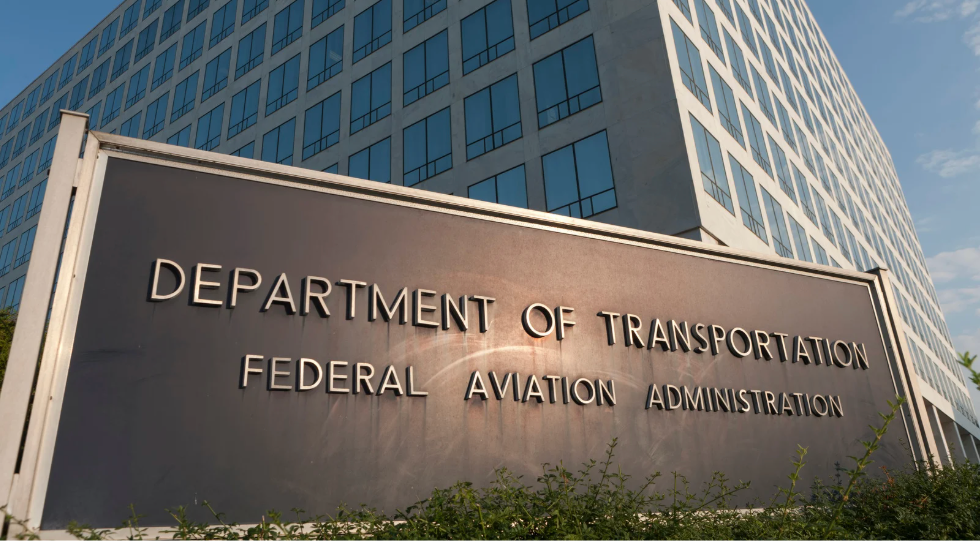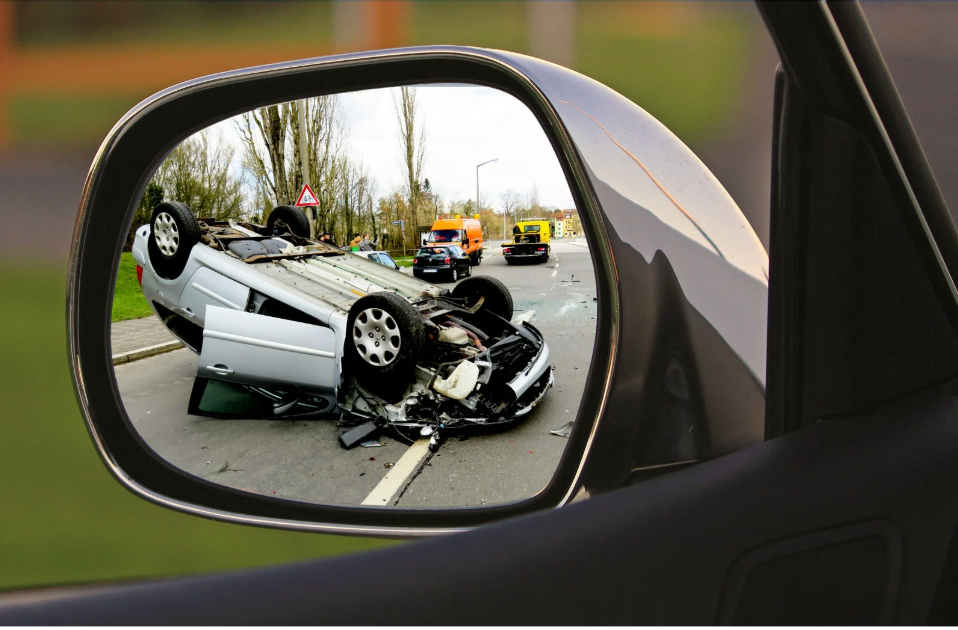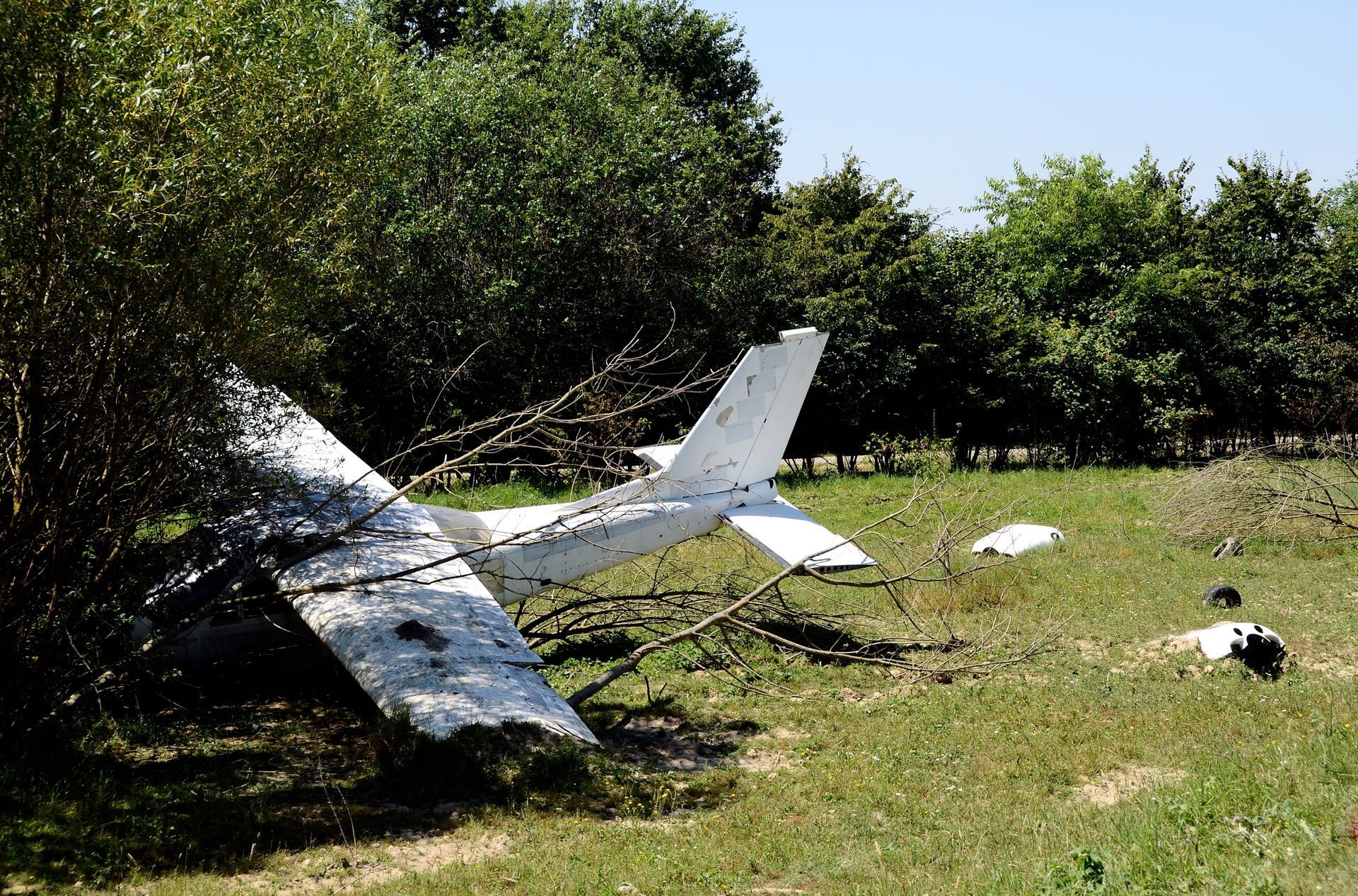Understanding Blind Spot Accidents
David K. Wilson & Associates
April 29, 2019
Many motorists rely too much on their mirrors while driving. While mirrors do help to some degree, they cannot prevent all accidents. That’s because every vehicle has blind spots, which refer to blocked lines of sight. Blind spots cause 800,000 crashes every year in the United States. Of these, approximately 300 lead to fatality.
Blind spots can be found directly behind a vehicle, but are often to the side, behind the driver’s left and right shoulders. A blind spot can be blocked by components of the vehicle, such as a side mirror or the part of the car that connects the side windshield. This is the biggest flaw with automotive technology.
Blind spots can also occur when large items are placed in the vehicle, obstructing the driver’s view. Weather conditions such a fog, snow and heavy rain can also cause visibility issues.
Where Do Blind Spot Crashes Occur?
Blind spots can be found directly behind a vehicle, but are often to the side, behind the driver’s left and right shoulders. A blind spot can be blocked by components of the vehicle, such as a side mirror or the part of the car that connects the side windshield. This is the biggest flaw with automotive technology.
Blind spots can also occur when large items are placed in the vehicle, obstructing the driver’s view. Weather conditions such a fog, snow and heavy rain can also cause visibility issues.
How to Prevent Blind Spot Accidents
Fortunately, there are many ways in which a driver can prevent blind spot accidents. Many vehicles nowadays have blind spot technology that provides 360-degree coverage around the vehicle. This technology can alert you to vehicles in your blind spot or even beep or vibrate if you try to change lanes while another vehicle is adjacent to you.
However, not all vehicles come equipped with this feature. If you have an older vehicle, there are still plenty of things you can do to check your blind spots. By driving defensively, being attentive and following all traffic laws, you can prevent crashes.
Some tips include:
- Physically looking over your shoulder to check for vehicles.
- Adjusting side-view mirrors so blind spots are easier to see.
- Using a blind spot mirror, which can be purchased at an auto parts store and affixed to the side-view mirror.
- Slowing down to let a vehicle in an adjacent lane merge over.
Take Legal Action If You Have Been Injured in a Blind Spot Accident
Blind spot accidents are careless mistakes that can be serious in nature. A person who is about to be hit by a vehicle may take action by swerving, causing their vehicle to veer off the road. If the vehicles collide, those involved can suffer serious injuries and even death.
If you have been involved in a blind spot accident, you could receive compensation for medical bills, lost wages, property damage, pain and suffering, and other damages. Seek legal help by contacting the Sherman, Texas law firm of David K. Wilson.



